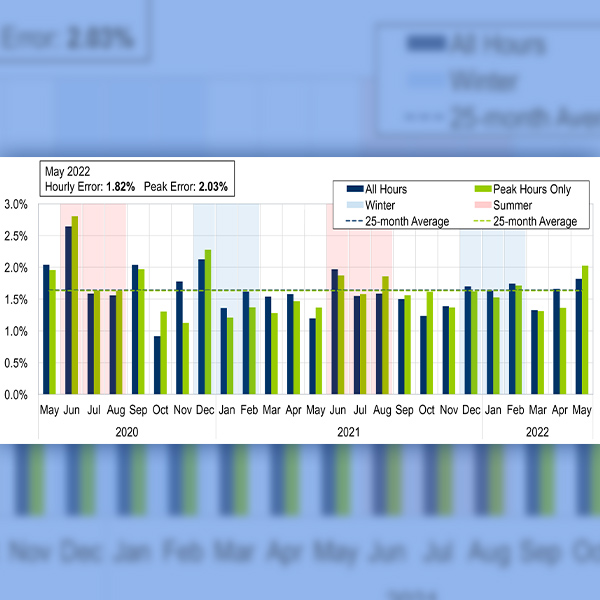
California regulators are fine-tuning a set of draft rules that would transition the state to 100% light-duty ZEV sales by 2035, with a final round of proposed changes expected to be released for public comment this month.
The California Air Resources Board (CARB) held the first of two public hearings on the proposed Advanced Clean Cars II regulation on Thursday. Board members expect to cast a final vote on the rules in August.
Advanced Clean Cars II (ACC II) is a proposed follow-up to CARB’s current Advanced Clean Cars I rule. The ACC II regulation would apply to vehicles sold in the state starting with model year 2026.
Advanced Clean Cars includes a ZEV program, which requires an increasing percentage of light-duty car and truck sales in the state to be zero-emission each year, plus a low-emission vehicle, or LEV, program that sets tailpipe emission standards for internal combustion vehicles.
Banked Credit Proposal
During Thursday’s hearing, CARB staff rolled out several proposed modifications to a previously released draft regulation based on stakeholder feedback. Some of the changes relate to the ACC system of credits awarded to automakers for providing ZEVs for sale in the state.
A draft regulation released in April proposed reducing an automaker’s number of banked ZEV credits remaining at the end of ACC I by dividing the total by four. Credits for plug-in hybrids, which are calculated differently, would not be affected.
Under the new proposal, ZEV credits and PHEV credits would both be reduced at the end of ACC I by dividing the total by two.
Anna Wong, CARB’s lead staff on the ZEV regulation, said the proposal is intended to allow automakers to benefit from overcompliance with ZEV requirements in previous years. But it’s designed so “they couldn’t just run over the program with just credits and not make any more vehicles,” she said.
“In California, there are a lot of ACC I credits that will be amassed — a lot,” Wong said.
The percentage of credits an automaker could use to meet ZEV requirements would be capped. But manufacturers could decide how to apply their allotment of credits over the first five years of ACC II, Wong said. For example, they could use all their credits in the first year, the fifth year, or spread them out over multiple years.
Durability Requirements
Other changes to the ACC II draft regulation would soften durability requirements for ZEVs.
The earlier proposal would have required ZEVs to retain 80% of their initial range after 10 years of driving by a typical customer. Under the new proposal, the 10-year requirement would be reduced to 75% in the first five years of ACC II.
In addition, enforcement of the requirement would initially be looser, without consequences for manufacturers that miss the mark by “just a trivial tiny amount,” Mike McCarthy, chief technology officer in the ZEV program, told the CARB board.
McCarthy said most automakers are on track to meet the 80% range requirement. Some industry leaders are even saying that their ZEVs will retain more than 90% of the original range after 10 years, he added.
But some ZEV makers are less experienced and don’t have 10-year-old cars on the road yet, he said.
“We do have to take into account that this is new for them and they are gaining experience,” McCarthy said.
The Advanced Clean Cars ZEV program applies to light-duty vehicles, and questions have come up regarding the light-duty classification.
Wong said that a large pickup truck with an internal combustion engine might weigh less than 8,500 pounds, a size that’s considered a light-duty vehicle. But when internal-combustion components are replaced with a ZEV battery, “It might cease to be a light-duty truck and become a medium-duty vehicle,” she said.
In that case, manufacturers currently have the flexibility to decide whether to count the vehicle as a light-duty vehicle in the Advanced Clean Cars program or as a medium-duty vehicle under CARB’s Advanced Clean Trucks program. Wong said CARB wants to retain that flexibility in ACC II.
100% ZEV Sales
In September 2020, Gov. Gavin Newsom issued an executive order requiring sales of all new passenger vehicles to be zero-emission by 2035. The proposed ACC II regulation sets out a legally binding and enforceable pathway for getting to 100% ZEV sales.
An earlier version of the ACC II proposal featured a more gradual route to increased ZEV sales in the state. But in April, CARB released a revised draft that ramped up ZEV sales more rapidly in the early years of the rule. (See New Draft of Advanced Clean Cars II Would Speed ZEV Sales.)
The agency is aiming to finalize the ACC II by the end of the summer so that the rules can take effect for model year 2026. The federal Clean Air Act allows California to adopt its own vehicle emissions program rather than following federal standards. But a two-year waiting period is required between adoption of the regulation and the model year to which it will apply.
Approving the regulation this summer will also give states that have adopted California’s ACC program a chance to update their own rules in time for model year 2026.
CARB expects to release a formal version of its latest revisions to ACC II in the next few weeks. That will be followed by a 15-day public comment period.
More information on ACC II may be found here.


